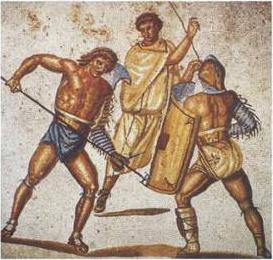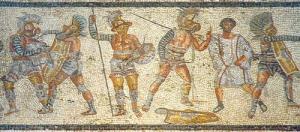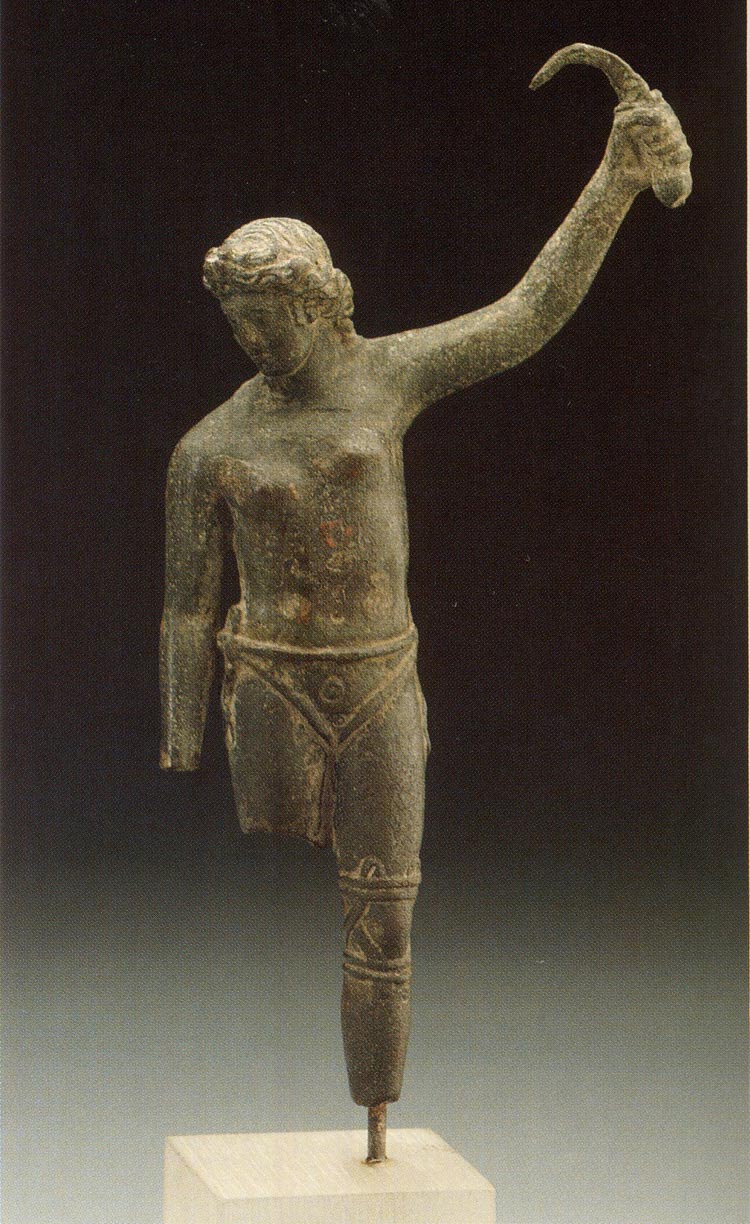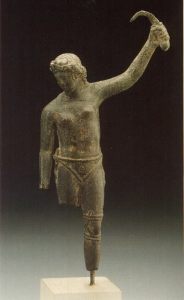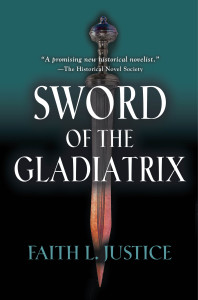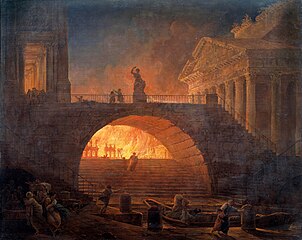
Who Started the Great Fire of Rome?
Christians? Nero? The Weather?

I’m currently working on a sequel to my 1C adventure novel Sword of the Gladiatrix which takes place in Rome leading up to and during the Great Fire. Lots of fascinating history to explore and share with my readers. Here’s the first installment:
On the night of July 18-19 AD 64, a fire started in a crowded shopping area surrounding the Roman Circus. It continued for six days, was temporarily halted, then rekindled for another three days. When it was finally quenched, Tacitus said in his Annals (Book XV, Chapter 38):
“It had its beginning in that part of the circus which adjoins the Palatine and Cælian hills, where, amid the shops containing inflammable wares, the conflagration both broke out and instantly became so fierce and so rapid from the wind that it seized in its grasp the entire length of the circus. For here there were no houses fenced in by solid masonry, or temples surrounded by walls, or any other obstacle to interpose delay. The blaze in its fury ran first through the level portions of the city, then rising to the hills, while it again devastated every place below them, it outstripped all preventive measures; so rapid was the mischief and so completely at its mercy the city, with those narrow winding passages and irregular streets, which characterised old Rome… Of Rome’s fourteen districts only four remained intact. Three were leveled to the ground. The other seven were reduced to a few scorched and mangled ruins.”
An official government investigation at the time blamed the fire on the break-away sect of Jews known as Christians. The evidence included the main teachings of their leaders (that the end times were near) and the fact that gangs (likely looters or people fleeing the flames) hampered the firefighting efforts of the vigiles (Roman firefighters). Radical Christians reportedly set the fire in order to hasten Christ’s return. As the adjudicated culprits, the Roman government cracked down on the sect and hundreds of Christians were executed in brutal ways in the aftermath of the fire. No concrete evidence has come to light supporting the official finding. As a result of his cruel crackdown, Nero has gone down in Christian history as one of their first great persecutors.
Later writers and historians blamed Nero for the fire, supposedly because he wanted to build an extensive mansion in the lower areas where the poorer Romans lived. The evidence included reports that armed men set fires and pulled down buildings saying they were “under orders” (likely the vigiles creating fire breaks), the rumor that Nero sang about the burning of Troy while he watched the flames engulf Rome (he was 36 miles away), and the fact that Nero did build his “Golden House” on some land cleared by the fire. When Nero returned to Rome, after the fire had persisted for several days, Tacitus reported (Book XV, Chapter 39):
“However, to relieve the people, driven out homeless as they were, he threw open to them the Campus Martius and the public buildings of Agrippa, and even his own gardens, and raised temporary structures to receive the destitute multitude. Supplies of food were brought up from Ostia and the neighbouring towns, and the price of corn was reduced to three sesterces a peck. These acts, though popular, produced no effect, since a rumour had gone forth everywhere that, at the very time when the city was in flames, the emperor appeared on a private stage and sang of the destruction of Troy, comparing present misfortunes with the calamities of antiquity.”
So who did start the Great Fire? Some few in the Christian community “confessed” under torture, implicating their whole community, but most historians dismiss this tainted testimony. In the aftermath of the fire, Nero cared for his suffering people and implemented new building rules and regulations to make sure no fires like the Great Fire would devastate Rome again. In spite of these good works, rumors persisted that he started the fire. It could be that Nero was a victim of political enemies.
Modern historians generally agree with Tacitus that it was a combination of the fierce winds and unlucky circumstances—the vigiles were leaderless and on the wrong side of the Tiber, hampered by fleeing citizens. Without a time machine we’ll never know, but Occam’s Razor points to the weather. We’re experiencing our own fires raging across forests and cities fanned by sirocco winds. It’s not so difficult to imagine the same in Rome.
(Image: The Fire of Rome, 18 July 64 AD by Hubert Robert; available in the public domain)
